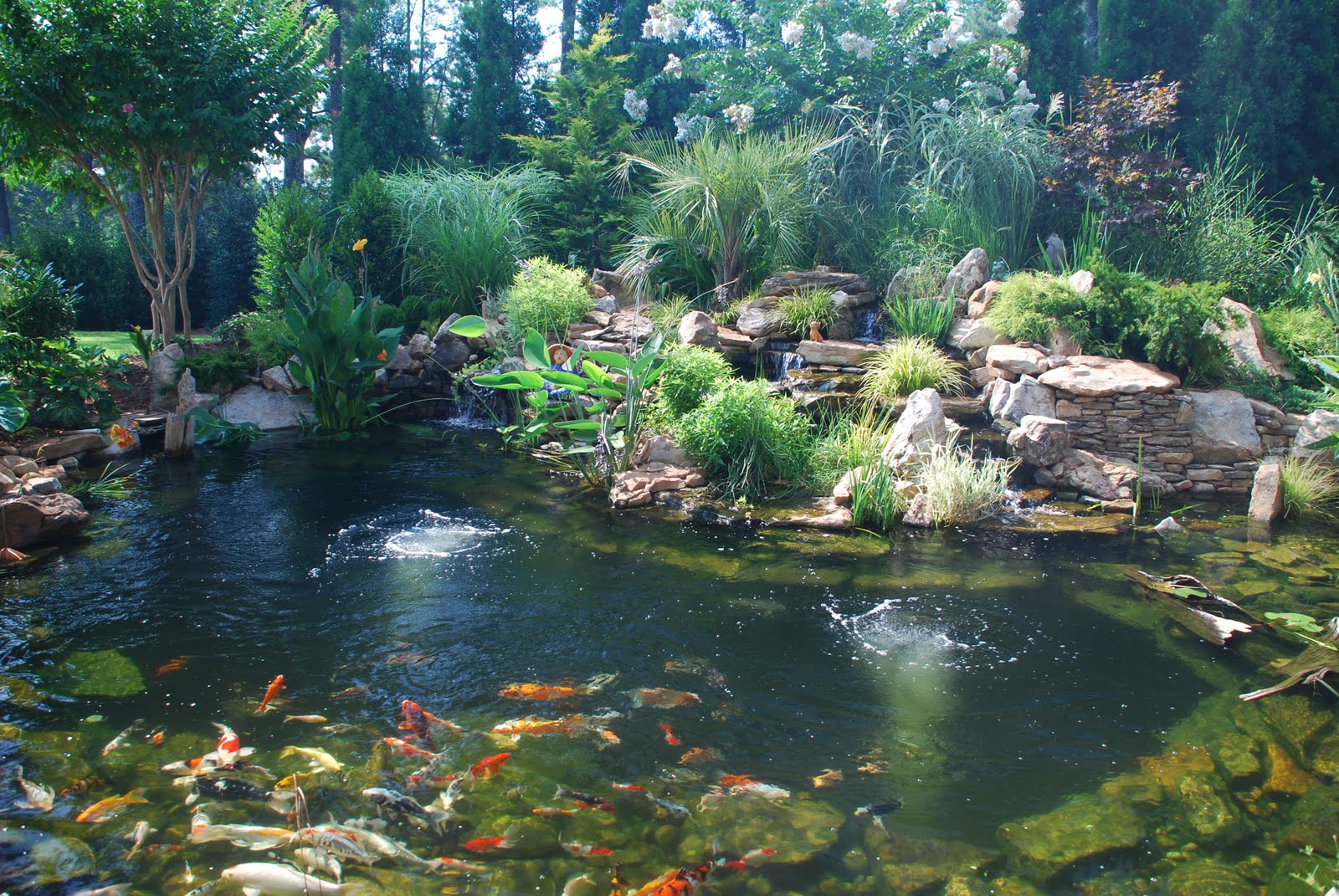
10 Easy Ways to Increase Oxygen at Home Koi Pond
10 Easy Ways to Increase Oxygen at Home Koi Pond
Koi ponds are a beautiful addition to any home landscape. Not only do they provide a soothing atmosphere, but they also promote relaxation and serenity. However, maintaining a healthy home koi pond requires more than just aesthetic upkeep. Water quality is a crucial factor in keeping your koi healthy and vibrant. One of the most important aspects of water quality is oxygenation. Here are 10 easy ways to increase oxygen at your home koi pond.
1. Install a Waterfall or Fountain
A waterfall or fountain can be both an attractive feature and an effective method of increasing oxygenation in your koi pond. The splashing of the water can aerate the water and increase the dissolved oxygen levels. For optimum results, ensure that there is enough flow and movement in the water.

2. Add Aquatic plants
Aquatic plants not only add aesthetic value to your koi pond but they also release oxygen into the water through photosynthesis. Some good options for oxygenating plants include water lilies, hornwort, and anacharis.

3. Clean Your Pond Regularly
Regular pond cleaning can help prevent unhealthy levels of bacteria and contaminants that can have a negative impact on your koi’s health. It is essential to maintain good water quality with regular checks and treatments that keep the oxygen levels up.
4. Optimize Fish Density
Overcrowding the koi pond can lead to a stressed environment and reduced oxygen levels. A good rule of thumb is to have one koi per 250 gallons of water. Or if you are starting, you need to measure the surface area of your pond and ensure that one koi has at least 10 square feet of water surface.
5. Use an Aerator
An aerator is a machine that pumps air into the water to increase the amount of dissolved oxygen. There are various types available, including air pumps, diffusers and pond aerator. Aeration is an effective way to provide oxygen to the bottom of the pond, making it a healthy environment for both your koi and other aquatic life.

6. Use a Water Circulation System
Installing a water circulation system such as a sub-surface grid or surface skimmer increases the circulation of water, helping to oxygenate the pond. An effective water circulation system will not only increase oxygen levels, but also help keep the water clean and clear of debris.
7. Add a Solar-Powered Aeration System
If you are looking for an energy-efficient solution to increasing oxygen levels in your home koi pond, a solar-powered aeration system may be an option. These systems use solar panels to power the aerator, ensuring that it works even in remote locations without access to electricity. These systems can be custom-built to meet the needs of your particular pond and fish.

8. Increase Depth
Koi prefer deeper waters than shallow water ponds. The deeper the water, the more dissolved oxygen it can hold, so it’s a good idea to increase the depth of your pond if it is currently shallow. To save the koi from extreme temperature changes, it is always good to consult an expert before making such drastic changes.
9. Avoid Overfeeding Your Koi
Overfeeding your koi can lead to an increase of waste and debris in the pond. This waste can consume the oxygen, leading to low oxygen levels in the water and creating an unhealthy living environment for your koi. Feeding your koi in small quantities is ideal, In case you want to feed them more, you may do it in multiple small portions.
10. Avoid Overuse of Chemicals
Chemicals such as algaecides or pesticides can cause damage to the pond and its ecosystem, destroy algae and lead to dead plant material decomposition that can quickly consume oxygen. Instead of relying on chemicals, aim to control algae and pests in more natural ways. Use plants to even out algae and remove any dead parts on the plants to keep the pond clean.
In conclusion, maintaining high levels of oxygen in your home koi pond is essential for the health and wellbeing of your koi. Implementing the tips mentioned above will help create a healthy ecosystem in your pond for your koi and other aquatic life. A healthy pond not only provides peace and tranquility, but it also enhances the beauty of your home landscape.